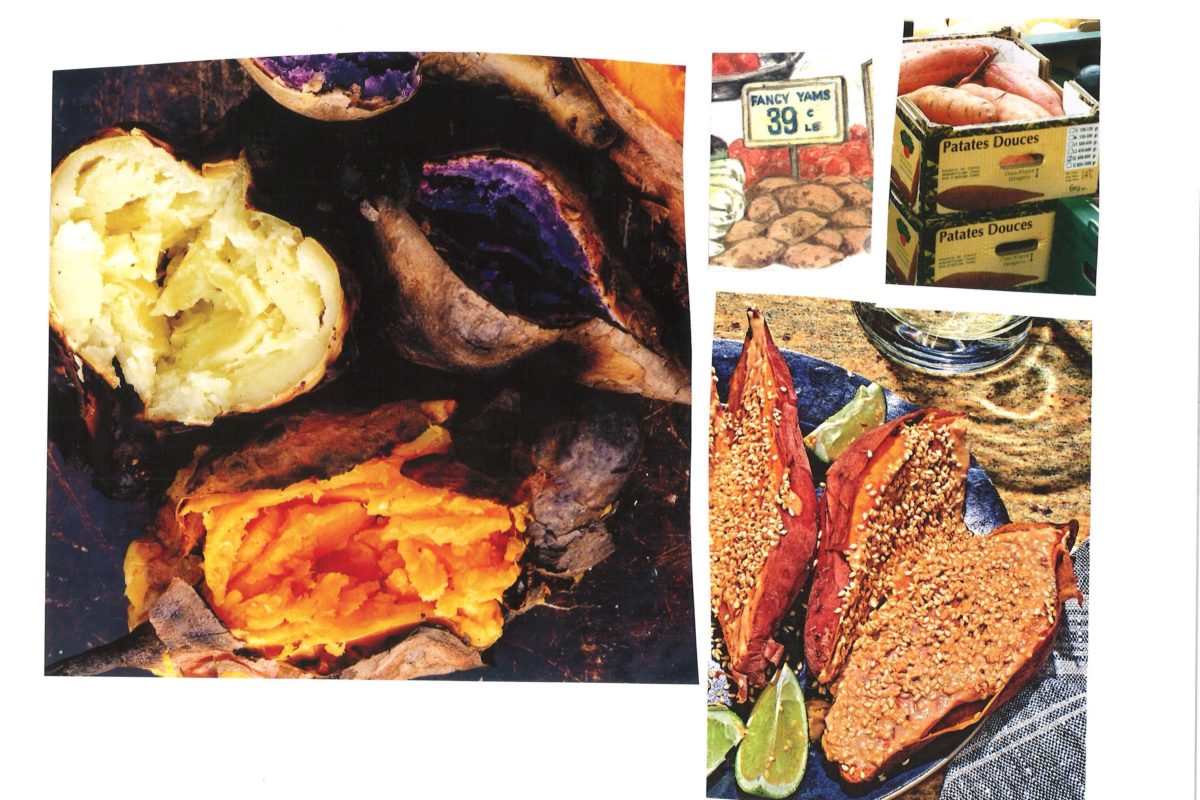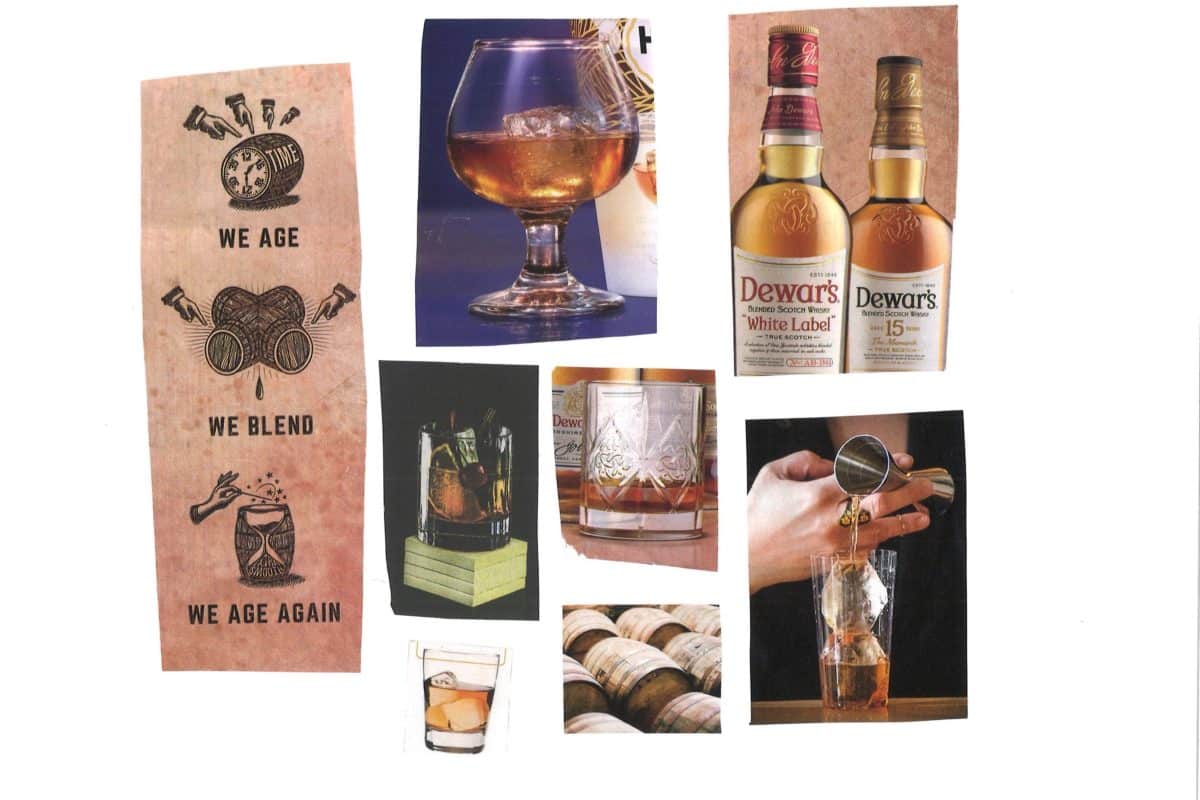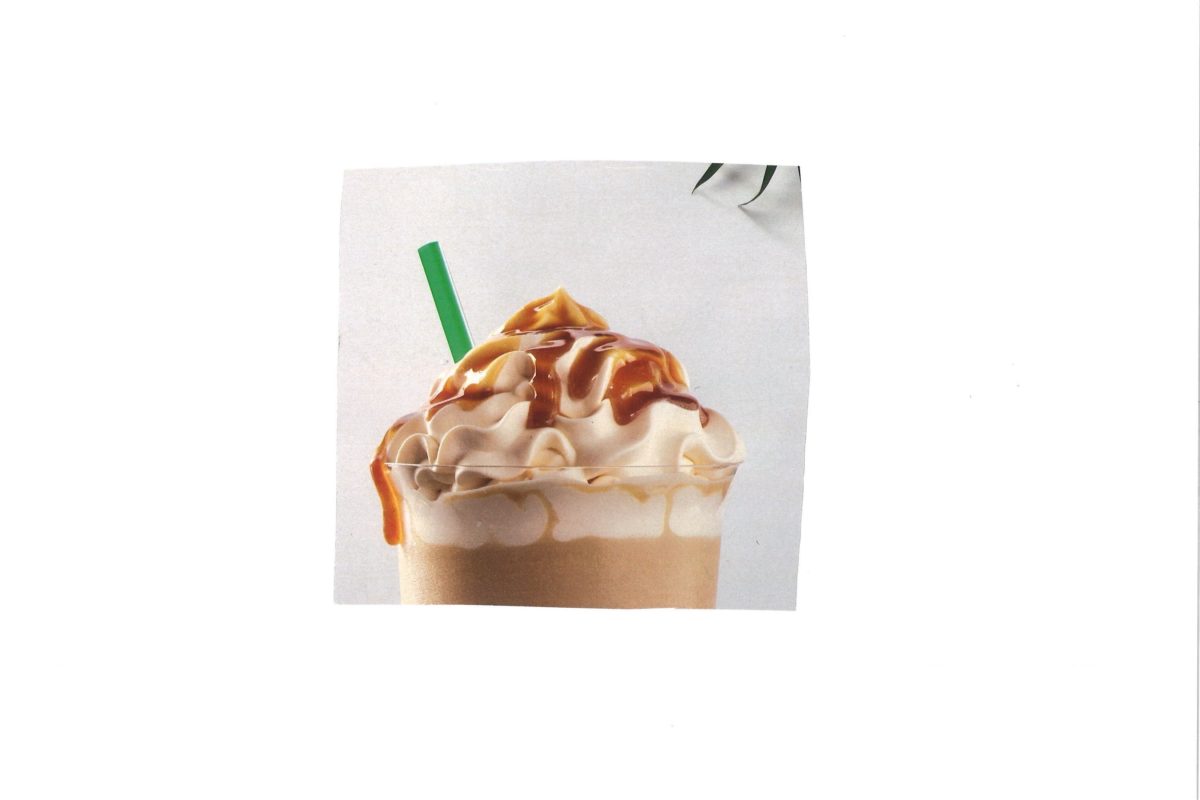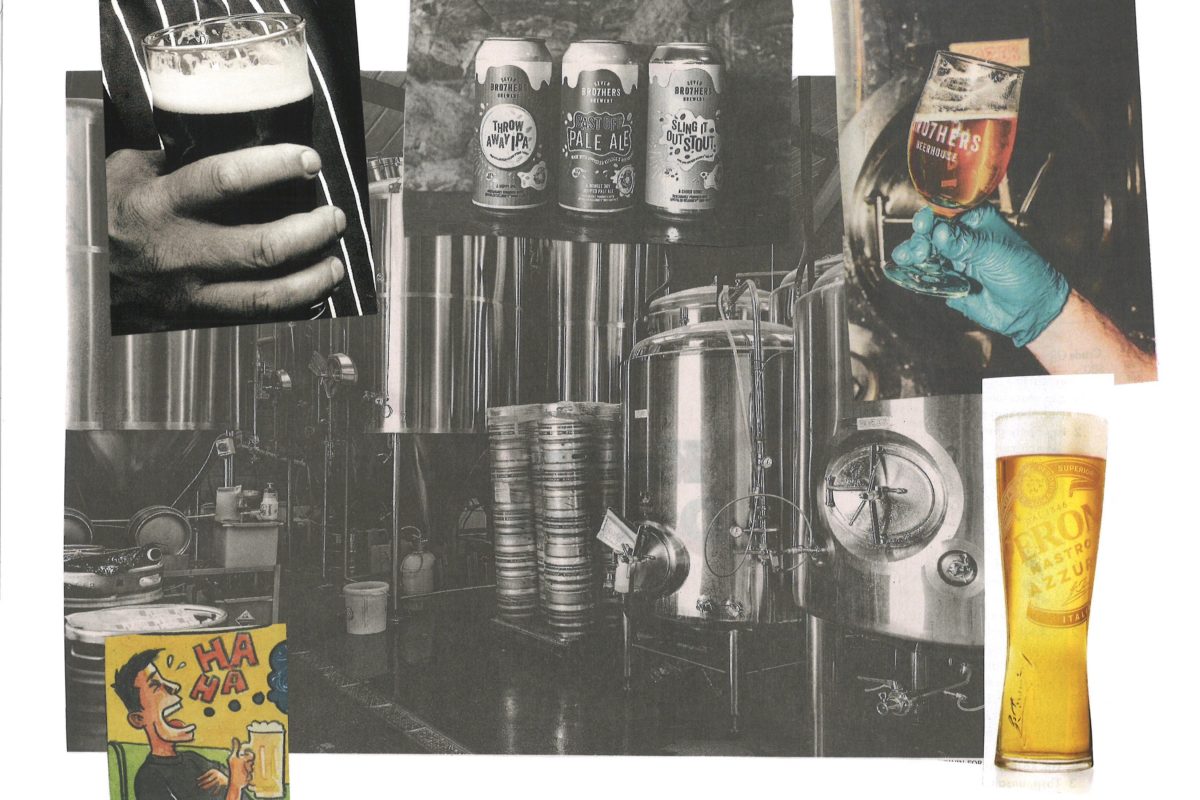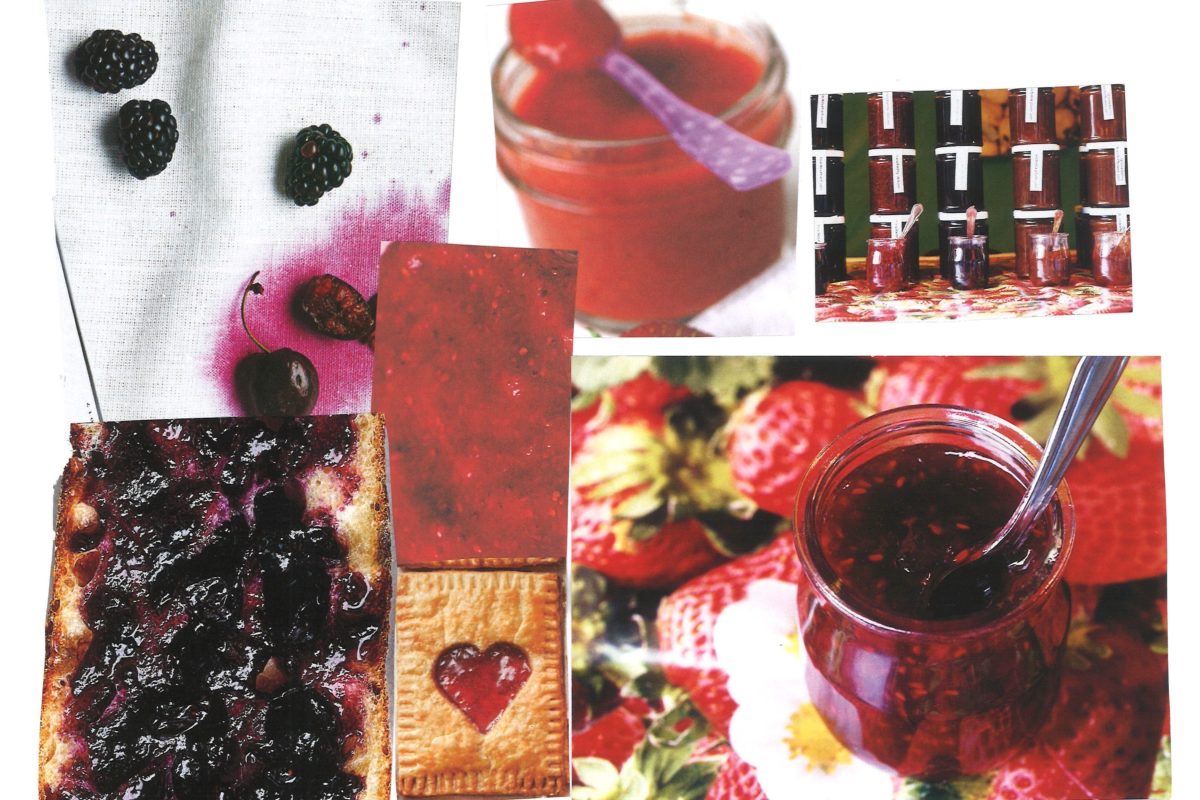What’s the Difference Between Russian and Thousand Island Dressing?
If you’ve frequented a salad bar recently—or returned from a quick jaunt from, say, the 1950s—you may recall a bowl or two of pink, florescent dressing with some chopped-up stuff in it. Maybe you dolloped some of it onto your plate of greens, or had a white-tocqued chef at the meat-carving station slather it on a sandwich for you. In any case: Was it Russian dressing or Thousand Island? If it wasn’t slapped in a bottle with a label, would you be able to tell the difference? Let’s find out.
Russian dressing is made with a mayonnaise-ketchup base, often livened up with pickle relish, Worcestershire sauce, prepared horseradish, and lemon juice and seasoned with paprika, onion powder, and/or mustard powder. It’s spicier and less sweet than Thousand Island, with a more complex, nuanced je ne sais quoi. Some say it got the “Russian” in its name because it once contained caviar: according to a 1957 New York Times article, an early version of the dressing in Larousse Gastronomique called for mayonnaise, tinted pink with the poached coral and pulverized shell of a lobster, seasoned with black caviar and salt. In any case, the creator of the dressing, a man named James E. Colburn of Nashua, New Hampshire (not Russia), sold so much of it that he acquired “a wealth on which he was able to retire.” Jealous.
Thousand Island dressing also has a mayonnaise-ketchup (or chili sauce) base; includes pickle relish and/or other chopped vegetables, such as pimientos, olives, and onions; and has some more rogue, recipe-dependent ingredients thrown into the mix, like parsley, chives, or hot sauce. The big differentiator, however, is the addition of a chopped up hard-boiled egg, which acts as a thickener and binds the ingredients together. The name comes from the region between northern New York state and southern Ontario, which is where it was invented in around 1900—most likely at one of the resorts up there that city folk frequented in the summer.
These days, you’re more likely to find the two dressings on sandwiches rather than salads—with Russian typically on a Reuben, and a Thousand Island–type spread used as the “secret sauce” on a Big Mac. But sadly, according to the Washington Post, “an examination of menus around the country shows that Russian dressing has all but disappeared from America’s national consciousness.” What’s more—and we just love this sort of thing at What’s the Difference HQ—what is actually Russian dressing might now be labeled as Thousand Island. “Sometimes it’s easier to just make things quickly understandable for the customer, to avoid wasting time explaining things,” Nick Zukin, co-author of The Artisan Jewish Deli at Home, told the Post. “Even if you made what was essentially a Russian dressing, you might call it Thousand Island just to avoid headaches.”
🤯
If you liked this, subscribe to the What’s the Difference newsletter here!

